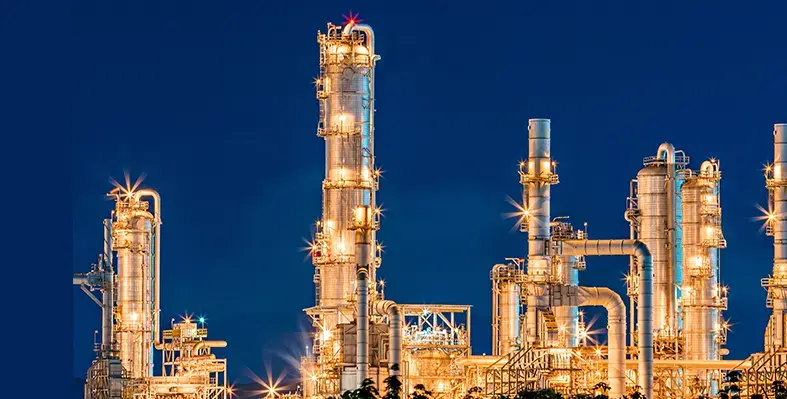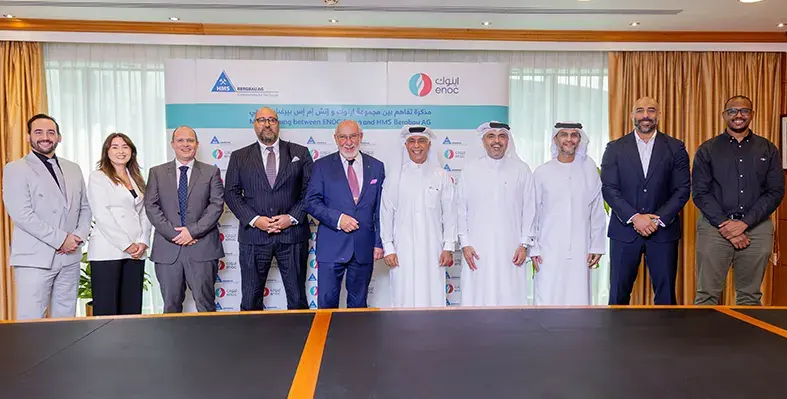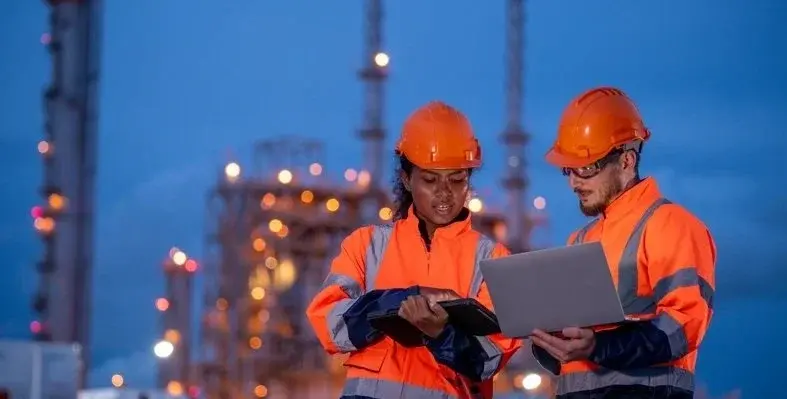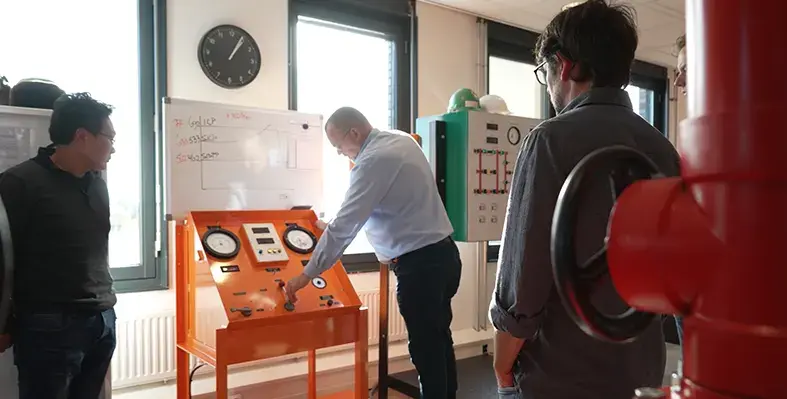
The new contracts will help Kelton continue to enhance its presence in the Middle East. (Image source: Adobe Stock)
Kelton, an independent flow measurement consultancy and software developer for the oil and gas industry, has been awarded two new contracts in Abu Dhabi totalling over US$1.3mn, for an initial scope of work
The contracts are with two new clients, and will cover a five-year and four-plus-two-year duration, respectively.
The first contract will support the region's utilities infrastructure. Kelton will provide consultancy services to optimise the flow assurance of power and water supply across the UAE. This contract includes metering system audits, uncertainty calculations, and validation to determine best practices and opportunities to maximise efficiency. Additionally, Kelton will assist with project design documentation and review to optimise the client’s long-term approach to flow metering.
The second contract will focus on gas, condensate, Natural Gas Liquids (NGL), and sulphur applications, with Kelton delivering technical expertise to develop metering manuals and processes, as well as ad-hoc call-off services. The contract covers inspection, audits, and certification – in line with UKAS accreditation.
The new contracts will help Kelton continue to enhance its presence in the Middle East and add to its in-country value. With both contracts running for five+ years, Kelton is looking at recruiting additional personnel to its existing Abu Dhabi-based team to aid the completion of the initial work and the potential for additional scope.
Stuart Christie, Kelton chief operating officer, commented, “In the last year, we have looked at how we can increase our presence throughout the Middle East via partnerships, agreements with local agents and entities, and expanding the capacity of our in-country team. The confirmation of these two contracts is proof that our revised strategy is already coming to fruition.
“Although these are first-time contracts with new clients, they directly stem from previous work we have completed in the UAE and the relationships we have built across industries – not just in our traditional oil and gas scope but supporting utility operators too. We are looking forward to committing our expertise to these respective projects for the foreseeable future.”












